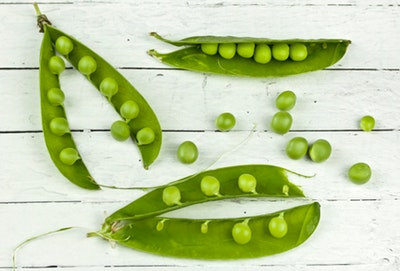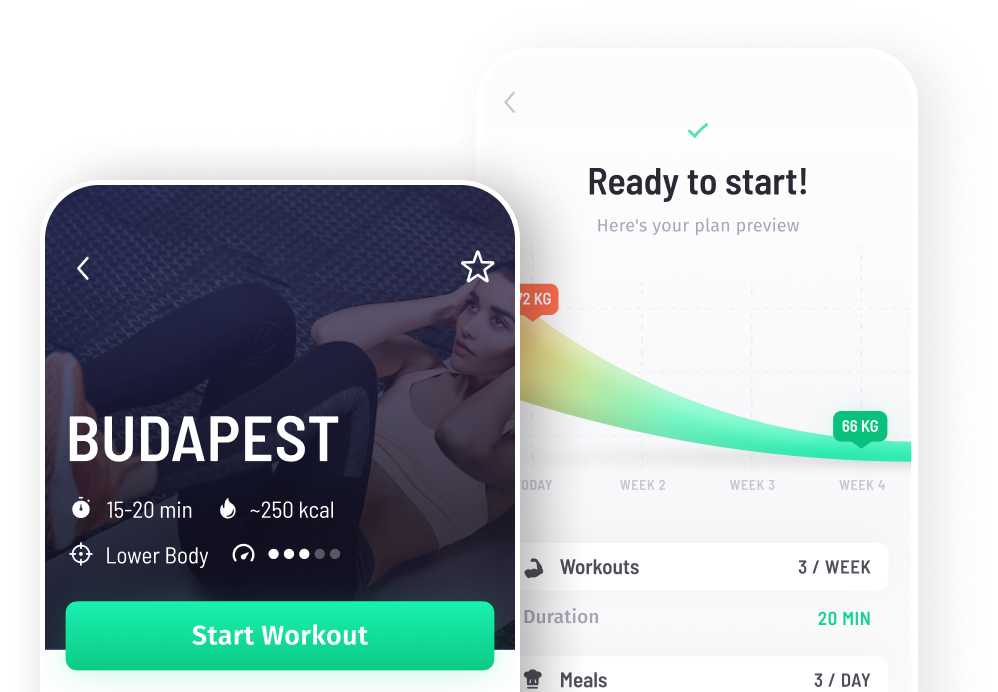Just when you think you’ve got your head around the major food groups and basic principles of healthy eating, you hear about something called slow-release carbs. Carbs, or carbohydrates to give them their full name, have had a lot of bad press in the dieting world so you may be tempted to ignore this so-called slow release member of the family but wait! Read on to find out why they are a valuable addition to your weight control toolkit.
What are slow release carbs?
When you think of carbohydrates, what comes to mind? Noodles, rice and donuts perhaps, or fries and bagels… These quick-release carbohydrates spike your blood sugar and leave you feeling hungry in no time, hence why you won’t see them any time soon on a healthy diet plan. Slow release carbohydrates, on the other hand, take a lot longer to digest and absorb into your system. In this way they keep you feeling fuller all the way through to your next meal – removing the temptation to reach for unhealthy snacks between times.
Why are slow release carbs good for me?
Carbohydrates are broken down by the body into sugars. With quick release carbs, this process happens rapidly and leads to a sharp increase in blood sugar levels. You may feel an initial burst of energy, but it is quickly followed by a slump which leaves you reaching for the cookie jar. This unhealthy cycle leaves you at risk of weight gain and worse, Type 2 diabetes and heart disease. Slow release carbs help to maintain consistent blood sugar levels throughout the day, helping to avoid extreme hunger pangs and keep chronic diseases at bay.
Read also: Negative calorie food: here is all you need to know
What foods contain slow release carbs?
Try including foods from this list of slow release carbs in your daily diet. Add a couple at a time, looking for ways to incorporate them in recipes you already make, rather than unrealistically aiming to revolutionize your whole kitchen!
- Grains: many quick release carbohydrates such as white flour have undergone processing to remove the husk from the grain. Slow release cereals receive minimal processing: think brown rice, pearl barley, oat bran and whole-wheat tortillas. Whole grains are a great source of fiber, necessary for optimal bowel health. Just substitute them in for the white variety in any recipe – you’ll notice a difference immediately!

- Legumes: peas and beans – kidney beans, butter beans, lentils and chickpeas; black-eyed peas, navy beans, pinto beans and yellow-split peas… Legumes are versatile and tasty – you can substitute them for all or part of the meat in chili, or add them to soups, stews and salads. You can even blend them up with olive oil and garlic for a tasty slow release dip with grissini or carrot sticks. Legumes are a great source of protein for vegans and vegetarians, and also contain high levels of fiber.
- Vegetables: a huge range of vegetables contain slow release carbs. Just watch out for white potatoes, corn and parsnips, which are quickly absorbed by the body. Otherwise, choose from eggplant, cauliflower, tomatoes, peas, leafy green veg such as kale, broccoli, cucumber, onions, asparagus, sweet potato… Why not make a speedy stir fry, or vegetable tart? Many vegetables can be snacked on raw – great with the dip suggestion from above!
- Fruit: most fresh fruits contains slow release carbohydrate. Eat your fill from plums, apples, apricots, pears, cherries, grapes, peaches, oranges and kiwis to name but a few. Don’t overdose on their tropical cousins, however – pineapple, mango and papaya are quicker to digest. And tinned fruit or fruit juices contain far higher levels of quick release sugars than their fresh fruit counterparts.
- Nuts: although generally higher in protein and fat than carbohydrates, nuts digest slowly and can help to slow the transit through your body of whatever other foods you combine them with. Toast cobnuts or walnuts and crumble them onto a salad or risotto, mix them into fresh yoghurt or make tasty home-made granola.
Everything in moderation
But help, you say! No quick release carbs again, ever? Make blending your friend and you can indulge from time to time in your favorite white rice dish or breakfast muffin without suffering the rollercoaster ride of sugary peaks that used to ensue. Blending means accompanying your quick release treat with a healthy side of slow release carbs to keep your digestion on an even keel. For example, serve white rice with a slow release vegetable curry or bean stew, and have that sweet breakfast muffin with a starchy fruit salad, to ensure that meals move through your body at a steady pace.
Your mood and your waistline will thank you for it!
Did you enjoy this article? Share it!
Related Articles
Many people nowadays opt for a low carb diet in order to get lean. However, switching your main energy source away from carbohydrates is…
Are carbs good or bad for you? There seems to be a mixed idea of what works for you and what is going to hinder your weight loss goals…
For those who are decreasing the amount of carbs that they eat, or who are doing a diet plan that eliminates carbs, we know that it can be a…

